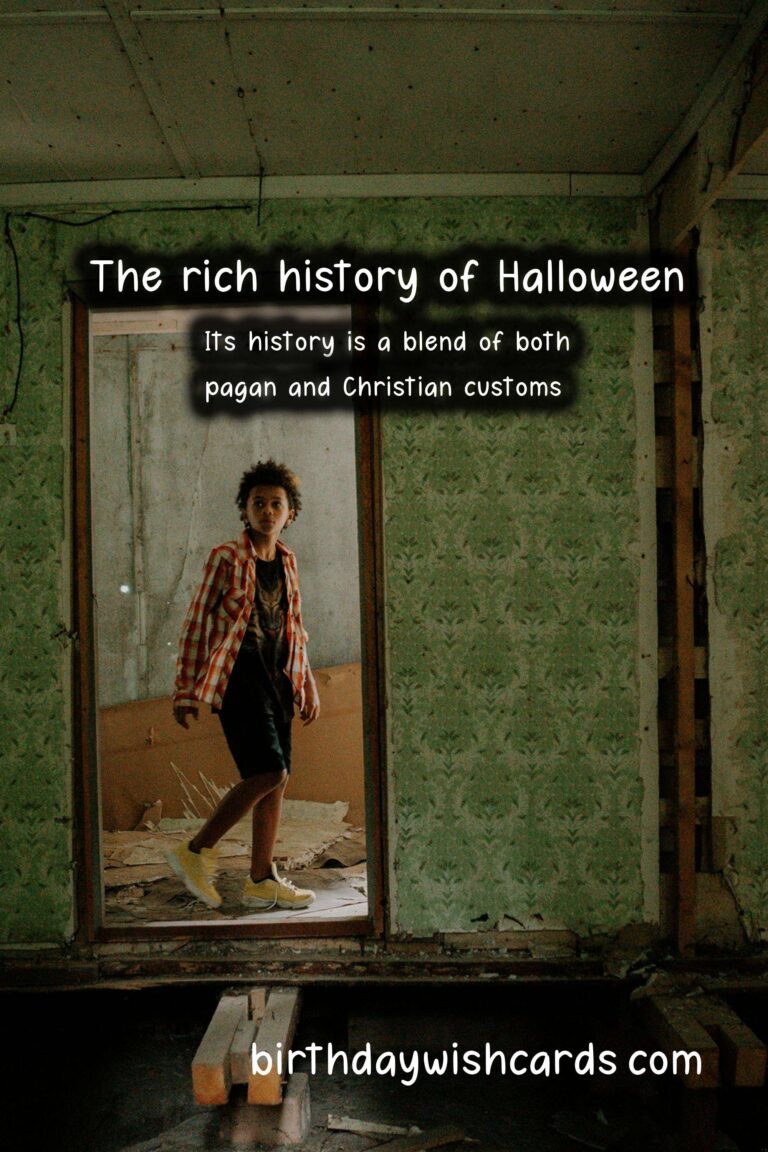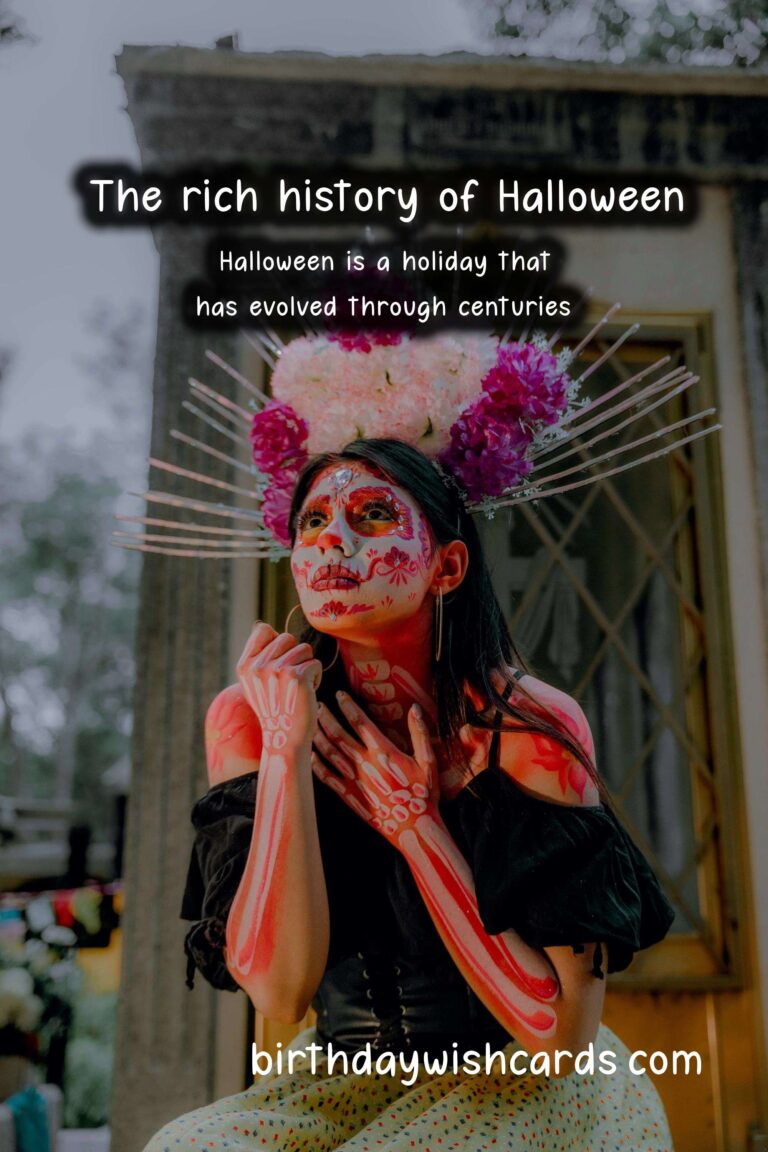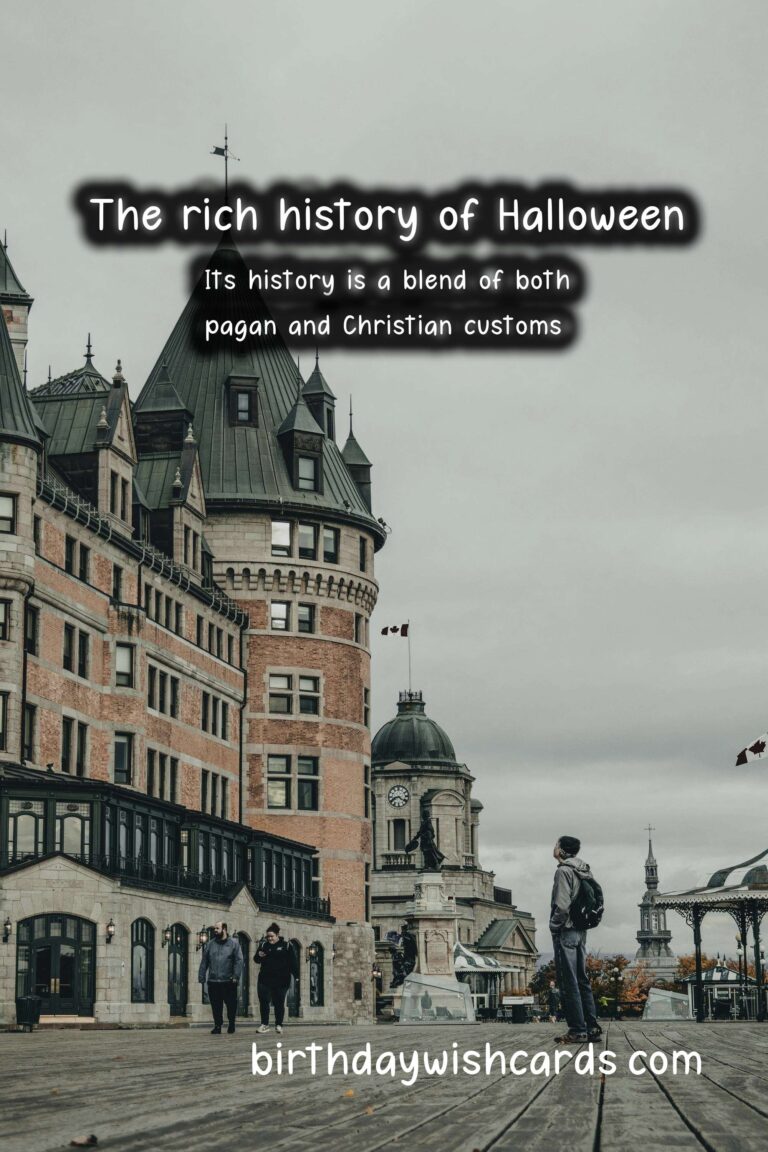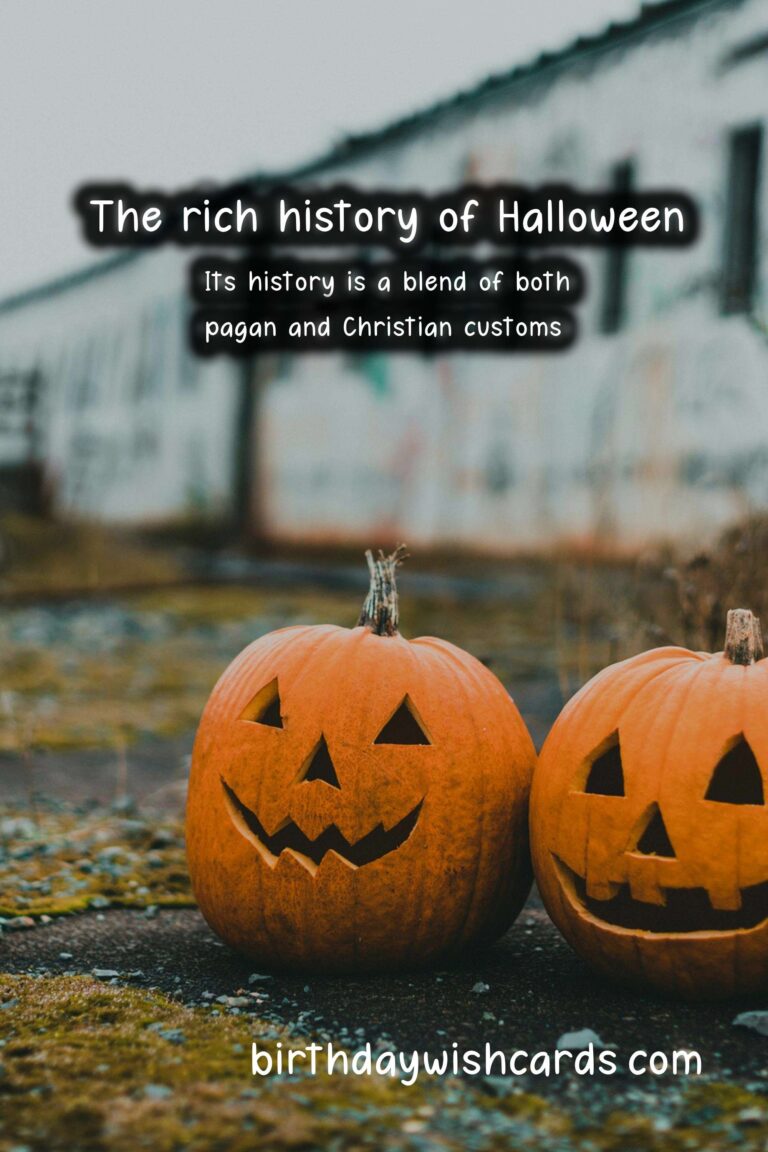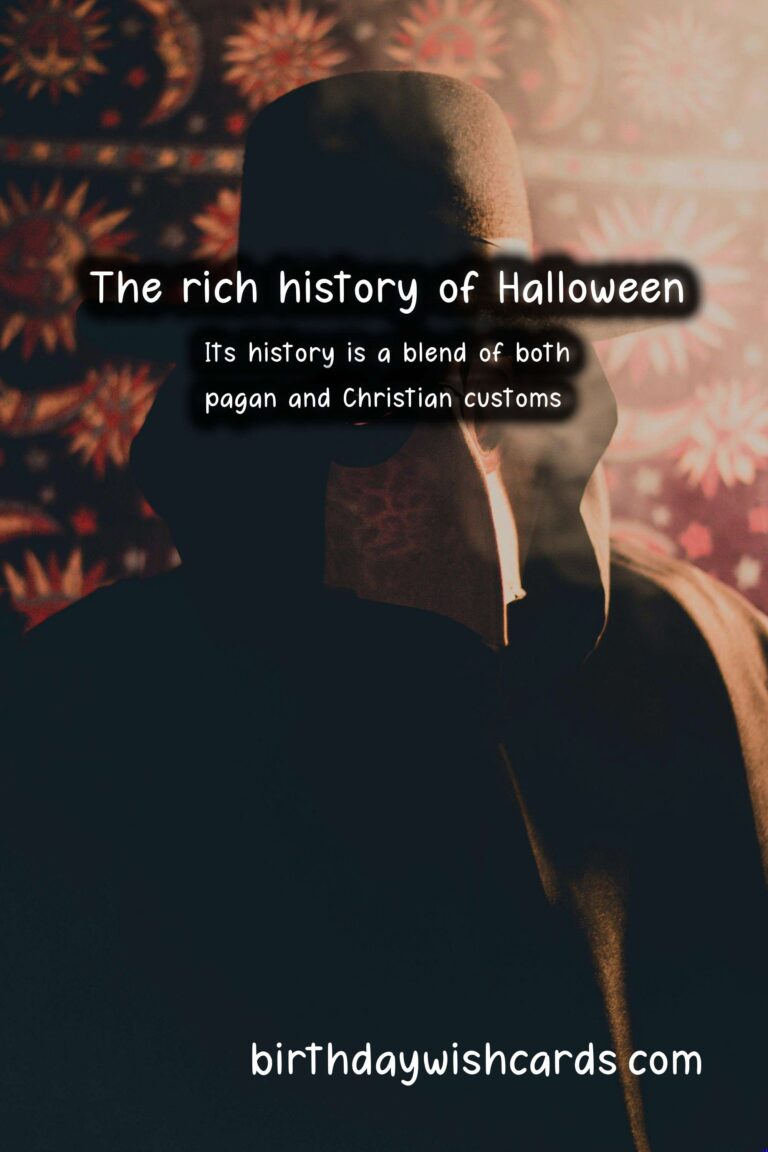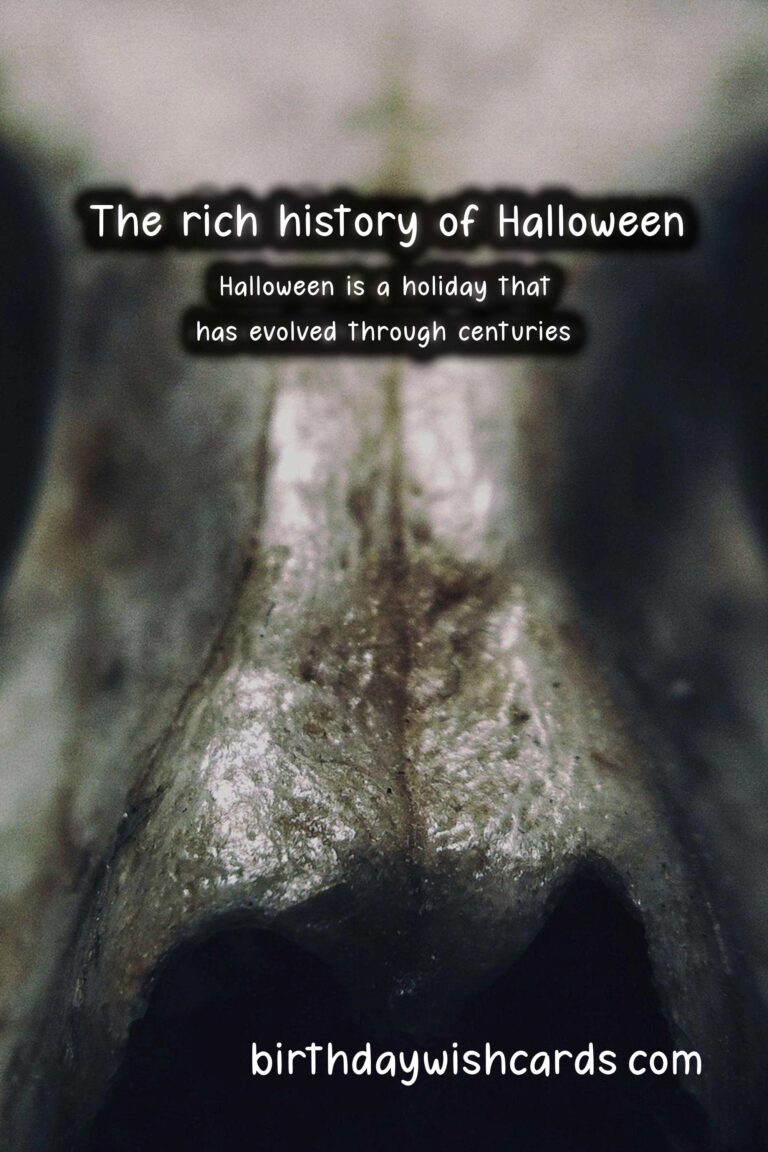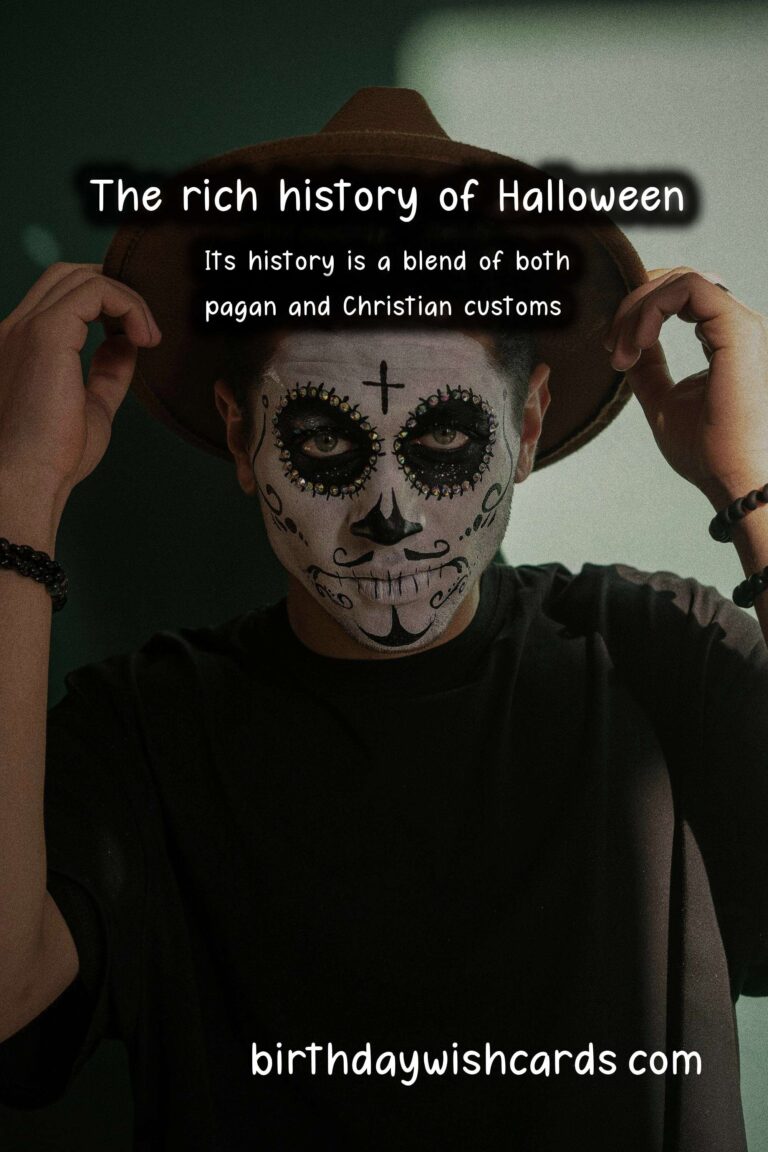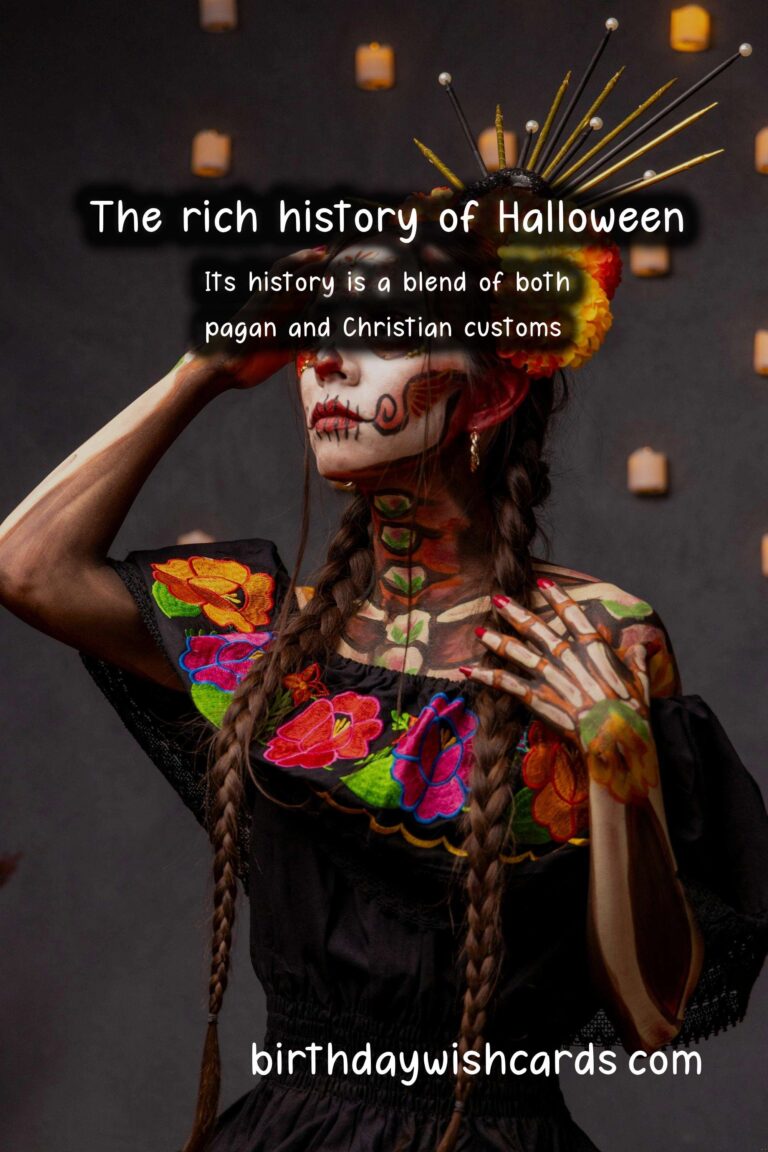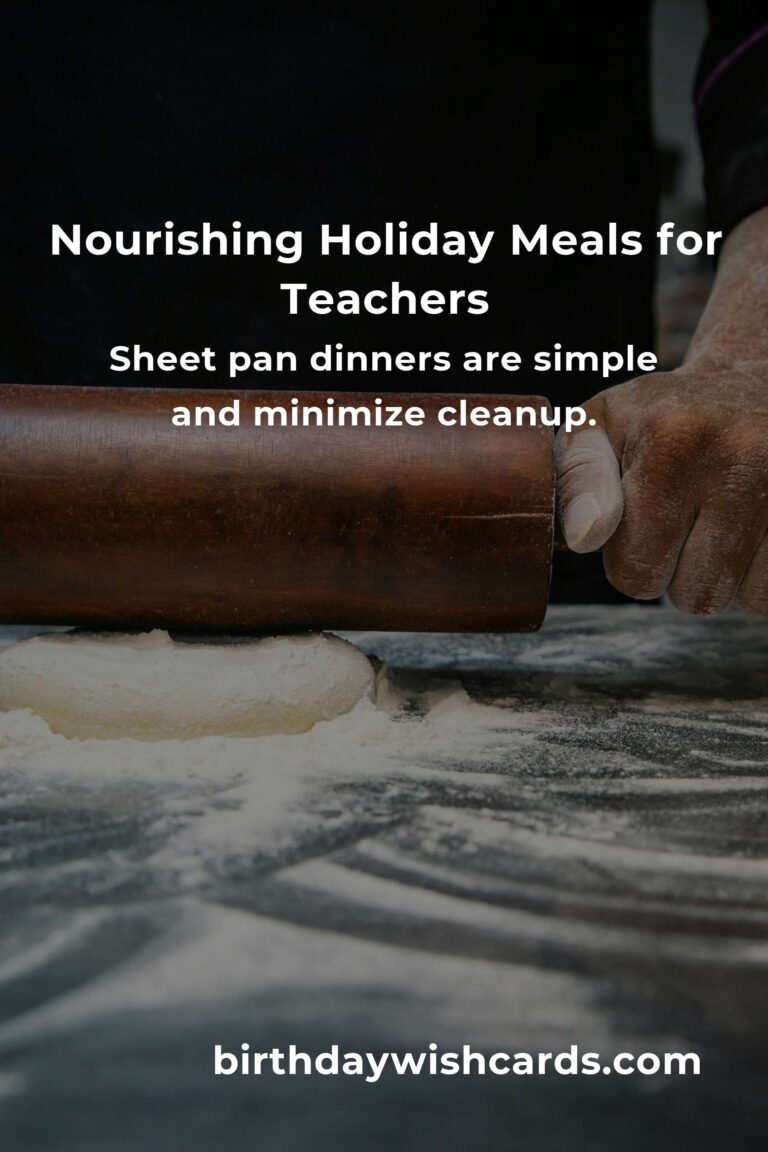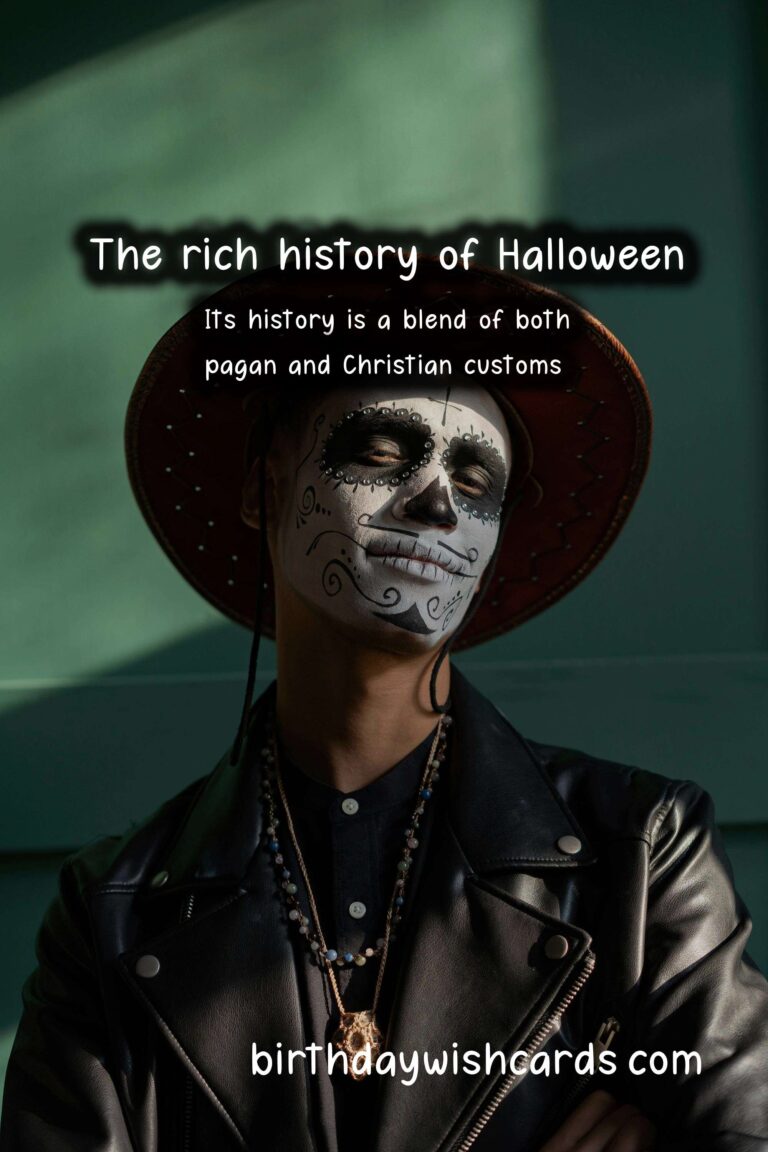
Halloween, celebrated on October 31st, is a holiday that has evolved through centuries, rooted in ancient traditions and cultural practices. Its history is a blend of both pagan and Christian customs, and understanding its origins helps to explain the way we celebrate today.
The Ancient Origins
The origins of Halloween can be traced back to the ancient Celtic festival of Samhain, which marked the end of the harvest season and the onset of winter. This festival, celebrated by the Celts over 2,000 years ago, was a time when the boundary between the living and the dead was believed to be blurred.
Samhain: A Festival of Spirits
The Celts believed that on the night of October 31st, the souls of the dead returned to Earth. To ward off these spooky spirits, people would light bonfires and wear costumes. The costumes were made from animal skins and heads, creating terrifying appearances to drive away malevolent spirits.
Transition to Christianity
As Christianity spread throughout Europe, church leaders sought to replace pagan festivals with Christian ones. In the 8th century, Pope Gregory III established November 1st as All Saints’ Day, a day to honor saints and martyrs. The evening before became known as All Hallows’ Eve, which eventually morphed into Halloween.
Halloween Traditions Emerge
With the blending of pagan and Christian traditions, Halloween began to take on its unique characteristics. By the 19th century, Halloween was being celebrated in America by immigrants who brought their customs with them. Irish immigrants, in particular, played a significant role in popularizing Halloween in the United States.
Trick-or-Treating and Costume Parties
One of the most enduring traditions of Halloween is trick-or-treating. This practice has roots in the ancient custom of guising, where children would dress up in costumes and go door-to-door to collect food or money in exchange for songs or verses. Today, trick-or-treating has become a social activity for children, with communities organizing safe events.
Costume parties also became popular in the early 20th century, where people would gather to celebrate Halloween by dressing up as ghosts, witches, and various monsters. The commercialization of Halloween further encouraged the production of costumes that ranged from scary to silly.
The Creepiness of Halloween
As Halloween evolved, the aesthetic became darker and creepier. Haunted houses, horror movies, and spooky decorations became staples of the celebration. This trend corresponds to a societal fascination with fears, monsters, and the supernatural.
Modern Day Celebrations
Today, Halloween is celebrated in many countries around the world, albeit in different ways. In the United States, it is one of the most commercialized holidays, with significant spending on costumes, decorations, and candy. The tradition of pumpkin carving, known as jack-o’-lanterns, has roots in Irish folklore where turnips were initially used.
Halloween’s Global Influence
Countries across the globe have adapted Halloween traditions in unique ways. In Mexico, for example, Día de los Muertos (Day of the Dead) celebrates and honors deceased loved ones, blending elements of Halloween and cultural heritage.
Conclusion
From its ancient origins to modern-day celebrations, Halloween has undergone significant transformations, yet the essence of honoring the spirits of the dead remains. Halloween today is a vibrant mix of fun, frights, and cultural expressions, reflecting the changing dynamics of society.
Halloween is a holiday that has evolved through centuries. Its history is a blend of both pagan and Christian customs. 
